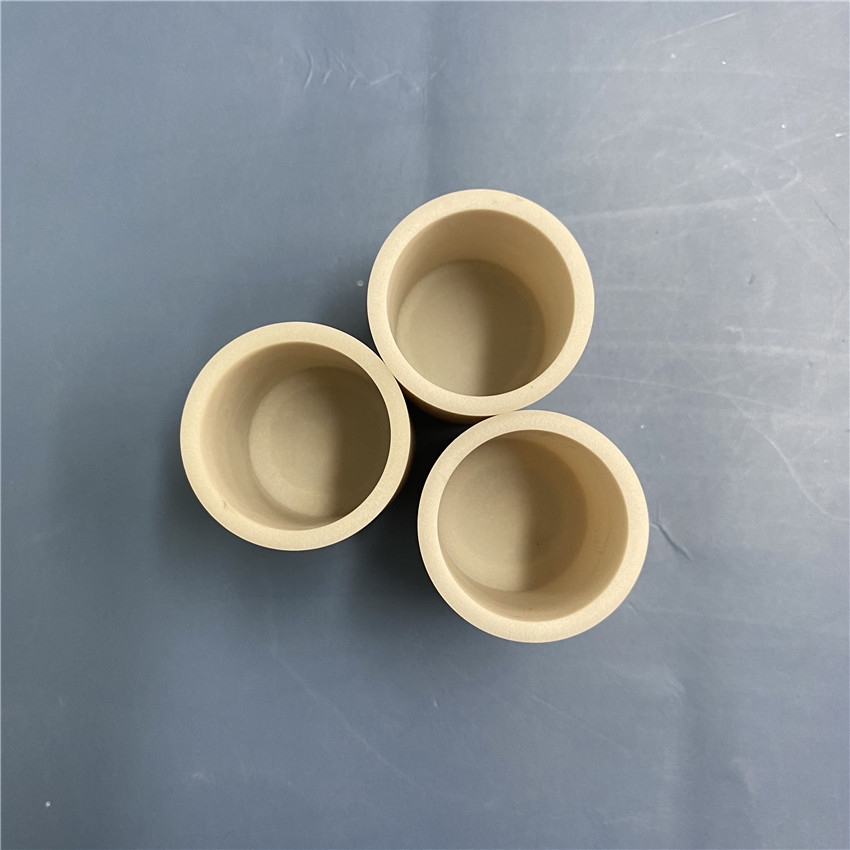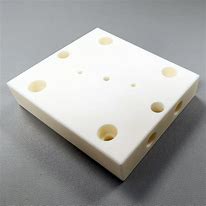Discover Premium Ceramic Products | Durability & Elegance United | Advanced Ceramics
“Unlocking the Secrets of Clay: Decoding Ceramic Techniques Through Visual Clues”
(Techniques in Ceramics: Identifying Methods from Images)
Ceramics, one of humanity’s oldest art forms, is a fascinating blend of creativity, skill, and science. From ancient pottery shards to modern sculptural masterpieces, every piece of clay holds a story—and often, the key to that story lies in the techniques used to create it. But how do we uncover these secrets when all we have is an image? Welcome to the world of visual detective work, where every curve, texture, and glaze tells a tale.
Imagine holding a photograph of a ceramic vase. At first glance, it’s just a beautiful object. But look closer. The way the light catches the surface, the subtle ridges along the sides, the faint brushstrokes of color—these are all clues. Each detail whispers the methods used by the artist. Was it wheel-thrown or hand-built? Was it glazed with a single dip or layered with intricate precision? These are the questions that make ceramics so endlessly intriguing.
Let’s start with the basics: the shape. A perfectly symmetrical bowl might suggest the use of a potter’s wheel, a tool that has been spinning clay into form for thousands of years. But if the edges are uneven, with visible fingerprints or tool marks, it’s likely hand-built, a technique that allows for more organic, freeform designs. Then there’s the surface texture. Smooth and glossy? That’s the work of a glaze, carefully applied and fired to perfection. Rough and earthy? Perhaps it’s unglazed, showcasing the raw beauty of the clay itself.
But the real magic happens when we dive into the details. Take, for example, the crackle glaze—a technique that creates a web of fine lines across the surface. This effect is achieved by intentionally mismatching the expansion rates of the glaze and the clay during firing. It’s a delicate balance, one that requires both skill and a deep understanding of materials. Or consider sgraffito, where layers of contrasting colored slip are carved away to reveal intricate patterns. Each scratch tells a story of the artist’s hand at work.
And then there’s the firing process itself. The temperature, the atmosphere, even the type of kiln used—all leave their mark. A high-fired piece might have a glass-like finish, while a low-fired piece retains a more porous, matte appearance. And if you spot flashes of metallic sheen or unexpected colors, you might be looking at the results of a raku firing, a dramatic process that involves removing the piece from the kiln while it’s still glowing hot.
But why does all this matter? Because understanding these techniques isn’t just about appreciating the artistry—it’s about connecting with the human experience behind the object. Every pot, every sculpture, every tile is a testament to the ingenuity and creativity of its maker. By learning to read these visual clues, we become part of that story, unlocking the secrets of clay one image at a time.
(Techniques in Ceramics: Identifying Methods from Images)
So next time you see a photograph of a ceramic piece, don’t just admire it—investigate it. Look for the fingerprints of the artist, the traces of the tools, the echoes of the kiln. Because in the world of ceramics, every image is a puzzle waiting to be solved, and every technique is a secret waiting to be uncovered.



